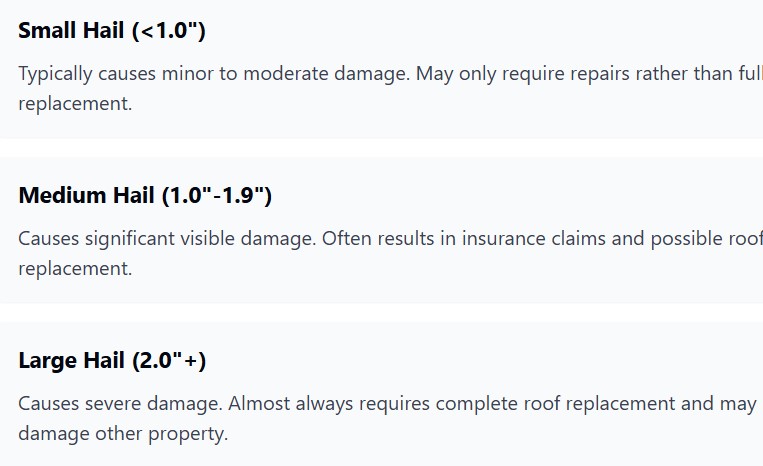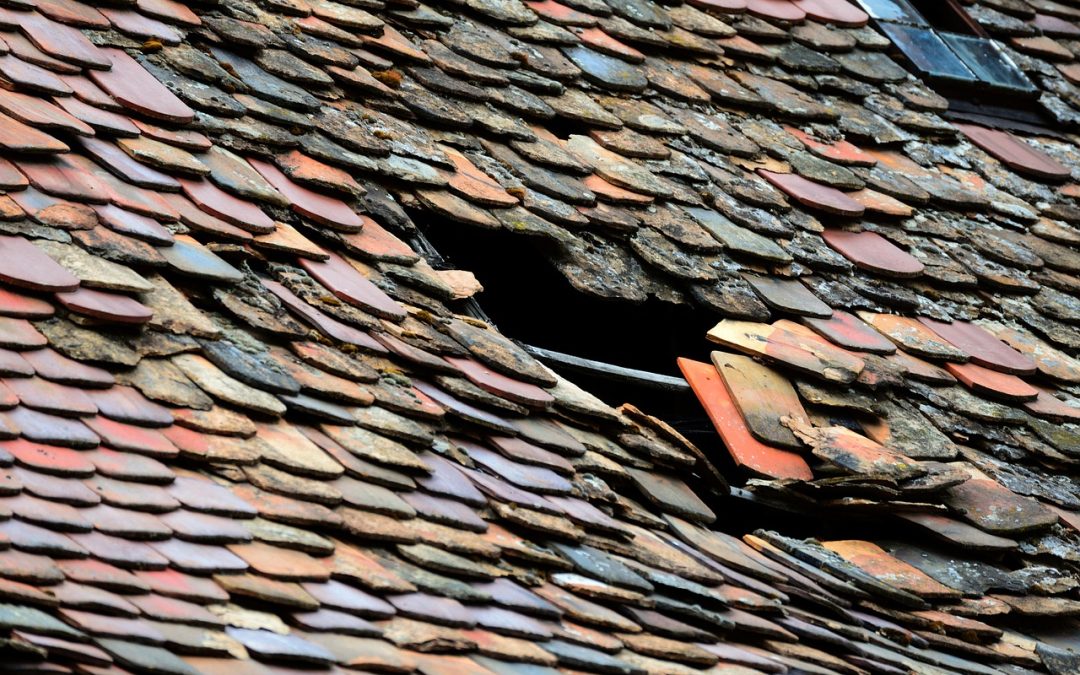Common Misconceptions About Hail-Damaged Roofs: What Forensic Meteorology Reveals
By Weather and Climate Consulting LLC
Last updated: March 2025
Introduction
Hailstorms cause billions in insured losses yearly, yet misconceptions about what constitutes hail damage lead to claim disputes, unnecessary denials, and insurance fraud.
Weather and Climate Consulting LLC uses forensic meteorology, NOAA archives, and high-resolution data to determine exact hail sizes, storm tracks, and localized damage potential.
This post will debunk the top myths about hail-damaged roofs, explain how insurance professionals can verify claims using forensic weather analysis, and highlight new tools like QCLCD (Quality Controlled Local Climatological Data) for more accurate assessments.
1. Myth: “All Roof Dents Are Proof of Hail Damage”
Reality: Not every dent or crack results from hail.
- Wind-blown debris, tree limbs, and natural roof wear can mimic hail damage.
- Forensic meteorologists verify damage by comparing roof impact patterns with official hail reports, NOAA archives, and radar storm tracking.
Claims Tip: Before approving a hail damage claim, check for a matching storm track using NOAA’s Storm Events Database:
NOAA Storm Events Database
2. Myth: “Only Large Hail Causes Roof Damage”
Reality: Small hail can be just as destructive over time.
- Multiple small hail events weaken shingles gradually.
- A case study from April 2024 in Denver, CO, showed that six months of minor hailstorms caused shingle cracking, even though no single storm exceeded 0.75 inches.
New Tool for Verification:
Insurance professionals can use QCLCD data to check for small but frequent hailstorms in an area.
3. Myth: “If a Storm Hit a Region, All Properties Were Affected Equally”
Reality: Hail damage varies by storm track, elevation, and microclimate effects.
- Due to wind shear, roof angle, and hail swath variability, two homes on the same street can have different hail exposures.
- Our forensic meteorologists use GIS storm tracking and high-resolution radar scans to confirm hail intensity in specific neighborhoods.
How to Check if Hail Hit a Specific Property:
- Use geospatial NOAA storm overlays to map the storm path against a property’s coordinates.
- NOAA offers interactive storm maps:
Check Storm Paths Here
4. The Science Behind Hail Damage: What Claims Adjusters Need to Know
How to Distinguish Real Hail Damage from Wear and Tear:
- Hail Impact Patterns: True hail damage often follows a random, scattered distribution, not uniform wear.
- Material-Specific Damage: Asphalt shingles react differently than metal or tile roofs.
- Wind-Driven Hail Matters: Faster winds increase impact velocity, which deepens roof penetration.
Hail Size vs. Roof Damage Potential
- Hail under 1 inch may not cause immediate damage but can weaken materials over time.
- Hail over 1.5 inches can fracture shingles, dent metal, and cause leaks.


5. Why QCLCD Data is a Critical for Hail Claims
What is QCLCD?
QCLCD (Quality Controlled Local Climatological Data) is a NOAA dataset that verifies when and where storms occurred down to the hour.
Why QCLCD Data is Better for Insurance Claims:
- Highly Accurate: Removes sensor errors and false readings.
- Pinpoints Storm Timing and Location: Avoids false claims.
- Includes Temperature, Wind, and Precipitation: Key storm factors.
How to Pull QCLCD Data for a Specific Address:
- Go to NOAA’s QCLCD Portal.
- Enter the location and date of the reported hail event.
- Download the hourly climatological report.
Example:
A claim states hail occurred in Dallas, TX, on May 12, 2024.
- QCLCD confirms that 1.25-inch hail fell at 4:38 PM (Valid Claim).
- Additional verification is needed if no hail is recorded (Possible Fraud).
Final Thoughts: What This Means for Insurance Adjusters and Legal Teams
How to Strengthen Hail Damage Claims with Meteorological Evidence:
- Use QCLCD and storm reports to confirm hail timing and size.
- Cross-check GIS storm paths and high-resolution radar images.
- Verify roof impact patterns against wind speed and direction.
By leveraging forensic meteorologists, NOAA data, and QCLCD storm tracking, adjusters and legal professionals can resolve disputes faster and prevent false claims.
Need expert meteorology support on a hail claim?
Contact Weather and Climate Consulting HERE for detailed forensic courtroom ready weather analysis and report generation.

